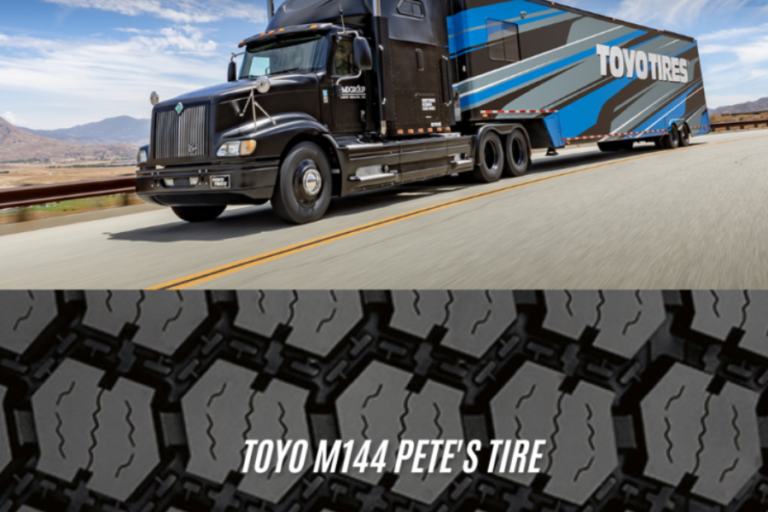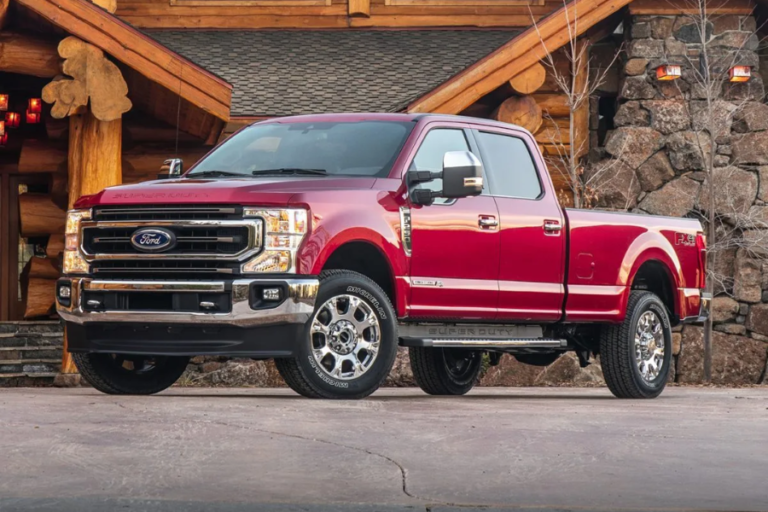Transforming Your ZX10 Forks on a k100: A Comprehensive Guide
Upgrading your BMW K100 by installing ZX10 forks is a popular modification among motorcycle enthusiasts. This change not only enhances the performance and handling of your vintage bike but also gives it a modernized, sporty appearance. If you’re seeking to improve suspension quality, braking power, and overall riding experience, incorporating ZX10 forks on a K100 is an upgrade worth considering.
Whether you’re a seasoned builder or a newcomer to custom motorcycle projects, this detailed guide will take you through the process of installing ZX10 forks on a K100. From compatibility checks to the tools required, we’ll help ensure your modification goes smoothly.
Why Opt for ZX10 Forks on a K100?
Replacing the standard K100 forks with ZX10 forks offers significant advantages, both in terms of performance and aesthetics. Here’s why many riders choose this upgrade:
Cutting-Edge Suspension Technology:
The ZX10 forks come equipped with advanced damping systems, resulting in improved handling, responsiveness, and overall ride comfort.
Improved Braking Performance:
When paired with upgraded brake calipers, ZX10 forks deliver superior stopping power, contributing to safer and sharper braking.
Sleek, Sporty Appearance:
The ZX10 forks bring a more dynamic and modern look to the K100, making it visually appealing to both the rider and onlookers.
Access to Better Aftermarket Parts:
The modern design of ZX10 forks allows for easier integration with current aftermarket components, such as clip-ons, brakes, and wheels.
Essential Tools and Materials for the Job
Before you dive into the installation, make sure you have the right tools and materials ready. Here’s a comprehensive list to help you prepare:
Tools:
- Socket and spanner set
- Torque wrench
- Allen wrenches
- Dial calipers
- Grinding or machining tools (for customization)
- Steering bearing puller or press
- Suspension lift or stand
Materials:
- ZX10 front fork assembly (including forks, triple clamps, and front axle)
- Custom stem (if needed for compatibility)
- New steering bearings
- Upgraded brake calipers (if applicable)
- Front wheel (compatible with ZX10 forks)
- Spacers or shims (for proper fitment)
Step 1: Prepare Your K100 for the Upgrade
To begin, prepare your K100 for the fork swap by following these steps:
Lift the Bike Securely:
Use a suspension stand or lift to ensure the bike is stable and won’t tip over as you work on it.
Remove Old Components:
Start by detaching the front wheel, brake calipers, and handlebars. Carefully remove the stock fork assembly, including the triple clamps and steering bearings.
Inspect the Steering Head:
Thoroughly inspect the K100’s steering head for any signs of damage or wear. Clean the area where the new assembly will be installed.
Step 2: Fitting the ZX10 Forks to the K100
Since ZX10 and K100 components aren’t directly compatible, some adjustments will be necessary to make them work together.
Check Compatibility:
To mount the ZX10 forks, you may need to modify certain parts of the K100, such as the stem or bearings.
Custom Stem:
If the ZX10 triple clamp stem doesn’t fit the K100 steering head, a custom-machined stem may be required for proper installation.
Bearings:
Use hybrid steering bearings that can accommodate both the K100 frame and ZX10 stem diameter. Aftermarket kits can help with this compatibility challenge.
Adjust Parts with Machining:
If you encounter dimensional differences, use machining tools or consult a professional to modify components like spacers or stems to ensure a perfect fit.
Install the Triple Clamps:
Grease the bearings and install the lower triple clamp, ensuring it fits securely. Attach the top clamp and tighten the stem nut, ensuring the correct torque using a torque wrench.
Step 3: Mount the ZX10 Forks
Now, you can install the ZX10 forks onto the K100.
Align the Forks:
Carefully slide the ZX10 forks into the triple clamps. Use dial calipers to check alignment, as any misalignment could affect handling. Once aligned, tighten the pinch bolts according to the manufacturer’s specifications.
Step 4: Install the Wheel, Brakes, and Handlebars
Now it’s time to fit the remaining components:
Wheel:
Install a front wheel that is compatible with the ZX10 forks. Ensure the axle aligns properly, and use spacers if necessary for an accurate fit. Tighten the axle to the specified torque.
Brakes:
Mount the ZX10-compatible brake calipers, ensuring the brake lines are securely connected. Bleed the brakes afterward to ensure optimal braking performance.
Handlebars or Clip-Ons:
Attach handlebars or clip-ons to your desired position. Ensure they are tightly secured and positioned for comfort.
Step 5: Final Adjustments and Testing
Once everything is in place, double-check your work to ensure everything is properly installed and aligned.
Check All Fasteners:
Go over every bolt and nut, confirming that they are securely tightened according to the recommended torque values.
Align the Front End:
Inspect the alignment of the front wheel, forks, and brakes. Misalignment can cause unsafe handling, so make sure everything is lined up correctly.
Test Ride the Bike:
Finally, take the K100 for a short test ride. Pay attention to the suspension feel, braking responsiveness, and the stability of the steering. This ride will help you verify that all systems are working as expected and ensure a smooth, enjoyable ride.
By following these steps, you can successfully install ZX10 forks on a K100, enhancing both its performance and appearance. Enjoy your upgraded ride!
Potential Obstacles and How to Overcome Them
Although adding ZX10 forks on a K100 is a highly satisfying modification, it’s not without its challenges. Here are some issues you may face and ways to resolve them:
Stem Compatibility Issues
If the ZX10 fork stem doesn’t align with the K100 steering head, you’ll need to either create a custom stem or alter the ZX10 stem to match the dimensions of the K100 frame. A skilled machinist can help with this adjustment.
Brake Caliper Compatibility
Some ZX10 forks may require adapters to fit certain brake calipers. Be sure to check whether your brake calipers are compatible with the new fork assembly before proceeding with the installation.
Axle and Spacer Alignment
Depending on the wheel you’re using, you might need to fabricate custom spacers or shims to ensure the front axle aligns properly with the ZX10 forks.
Why Upgrading to ZX10 Forks on a K100 Is a Smart Choice
Installing ZX10 forks on a K100 provides a host of advantages, from enhanced handling and braking to a refreshed aesthetic that blends classic style with modern performance. This modification boosts your bike’s capabilities while giving it a more contemporary look, making it a worthwhile upgrade for both aesthetics and function.
Key Facts:
- Improved Suspension:
ZX10 forks offer advanced damping technology, providing better handling and a smoother ride on various terrains.
- Enhanced Braking Power:
When paired with upgraded calipers, ZX10 forks significantly improve stopping performance, ensuring safer braking.
- Modern Aesthetic:
The sportier look of ZX10 forks adds a fresh, sleek appearance to the classic BMW K100.
- Better Aftermarket Parts Compatibility:
The design of ZX10 forks allows for easier integration with modern aftermarket parts such as wheels, clip-ons, and brake systems.
- Custom Compatibility Requirements:
Since ZX10 forks are not directly compatible with the K100, custom machining or parts like a custom stem and hybrid bearings may be needed for proper fitment.
Conclusion: Start Your Custom Build Today
Upgrading your BMW K100 with ZX10 forks is both an exciting and challenging project. With the right tools, a little patience, and the help of this guide, you can successfully transform your K100 into a modern, high-performance motorcycle.
Have any questions or need additional guidance on your project? Feel free to leave a comment or reach out for more expert advice on your K100 customization journey.
FAQs:
- Can I use any ZX10 forks with my K100?
No, not all ZX10 forks will be directly compatible with your K100. You may need custom parts or modifications, such as a custom stem or hybrid bearings, to ensure proper fitment.
- Do I need professional help to install ZX10 forks on a K100?
While the installation can be done as a DIY project, some custom machining or professional assistance may be needed, especially when it comes to aligning the stem and steering bearings.
- What tools are required to install ZX10 forks on a K100?
You’ll need a variety of tools, including a socket and spanner set, torque wrench, Allen keys, dial calipers, and potentially machining tools for customization.
- How much does it cost to upgrade to ZX10 forks on a K100?
The cost can vary depending on the availability of parts and any required customizations. Expect to spend on the fork assembly, custom stems, bearings, and tools if you don’t have them already.
- Will installing ZX10 forks affect the overall ride of my K100?
Yes, it will significantly improve the ride quality, providing better suspension, sharper handling, and enhanced braking. You’ll notice a smoother, more responsive ride.
Stay connected for the latest news and updates on Rater Point!



